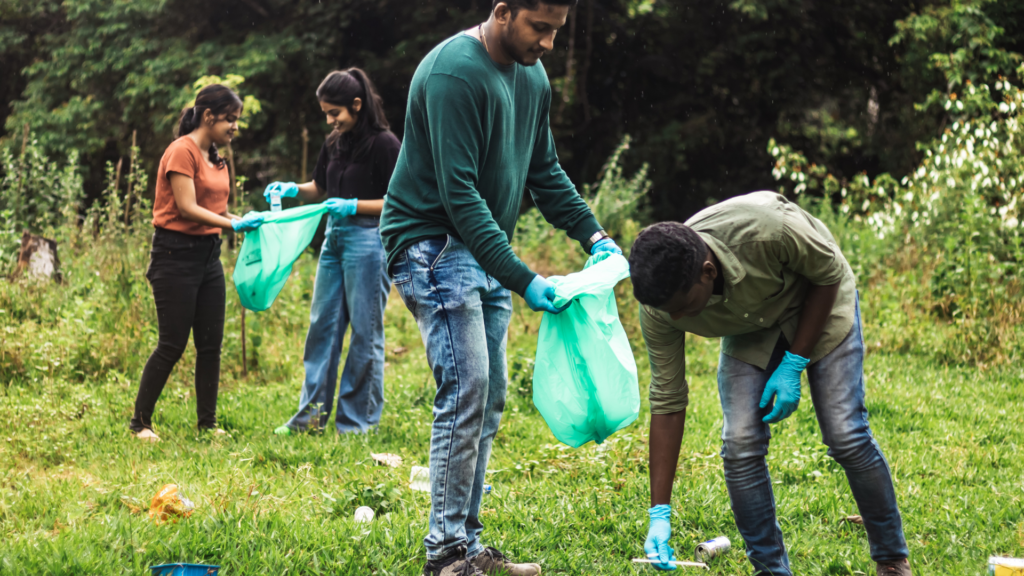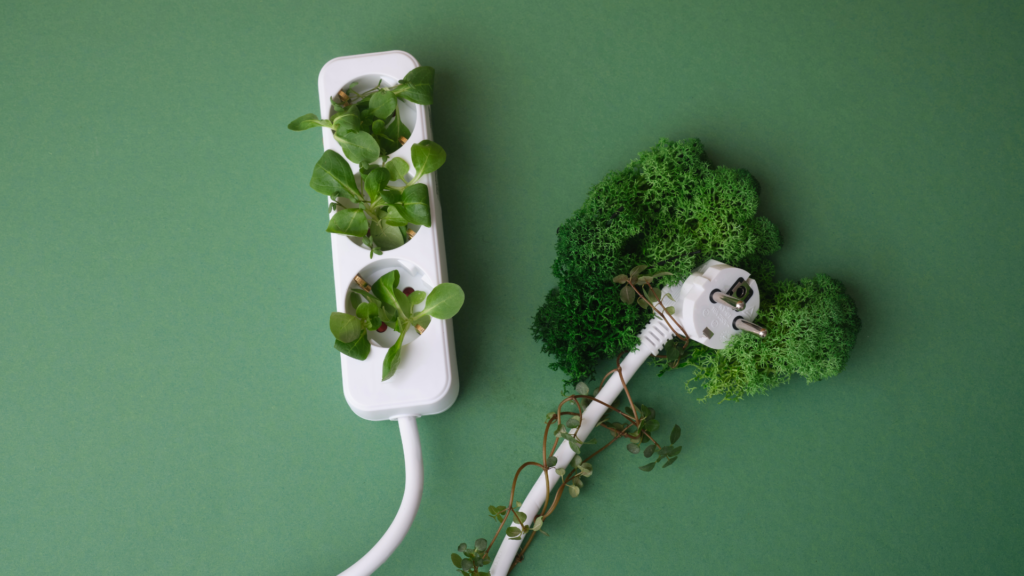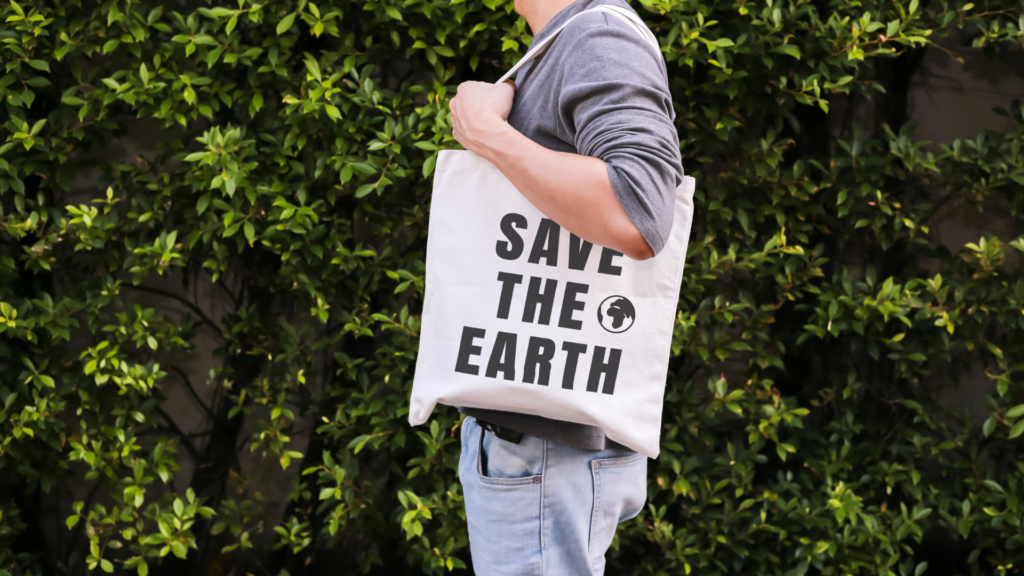Filmmaking is an inherently resource-intensive process, but with growing awareness of climate change and environmental concerns, indie filmmakers are taking steps to reduce their carbon footprint. Sustainable filmmaking not only helps protect the planet but can also lower costs and inspire audiences with your commitment to eco-friendly practices.
Here’s how you can incorporate sustainability into your indie film production, from pre-production to post-production.
Why Sustainability Matters in Indie Filmmaking
Traditional film sets can produce significant waste, from disposable water bottles to energy-draining equipment. As an indie filmmaker, you have the flexibility to set a sustainable standard. Eco-conscious choices can:
- Reduce Costs: Using reusable materials and minimizing waste cuts expenses.
- Attract Sponsors: Eco-friendly practices appeal to brands looking to align with green initiatives.
- Enhance Your Brand: Promoting sustainability can make your production more appealing to audiences and festivals.
1. Plan for Sustainability in Pre-Production
The Impact: Planning ahead allows you to identify and implement green practices from the start.

Tips for Eco-Friendly Pre-Production:
- Digital Over Paper: Use digital tools like Google Drive, StudioBinder, or Celtx to manage scripts, schedules, and shot lists. Avoid printing unless absolutely necessary.
- Eco-Friendly Locations: Choose locations with existing resources (e.g., power, restrooms) to minimize the need for generators or temporary setups.
- Hire Locally: Reduce travel emissions by sourcing cast, crew, and materials from the local area.
Pro Tip: Create a green mission statement for your project and share it with your team to foster a shared commitment.
2. Reduce Waste on Set
The Impact: Film sets can generate large amounts of trash, but mindful practices can significantly reduce waste.

Tips for Sustainable Practices on Set:
- Reusable Dishware: Replace disposable plates and utensils with reusable options. Provide water stations to eliminate single-use plastic bottles.
- Eco-Friendly Materials: Opt for biodegradable or recyclable materials for props, sets, and costumes.
- Composting and Recycling: Set up clear bins for composting, recycling, and trash. Assign a sustainability coordinator to oversee proper disposal.
Pro Tip: Encourage cast and crew to bring their own reusable water bottles and coffee cups.
3. Optimize Energy Use
The Impact: Filmmaking often relies on energy-intensive lighting and equipment. Efficient energy use reduces costs and environmental strain.

Tips for Energy Efficiency:
- LED Lighting: Use LED lights instead of traditional incandescent or halogen options. LEDs consume less energy and last longer.
- Solar Power: If feasible, power small setups with portable solar panels.
- Smart Scheduling: Maximize natural light by scheduling outdoor shoots during the day.
Pro Tip: Rent energy-efficient equipment or share resources with local filmmakers to reduce demand for new gear.
4. Sustainable Wardrobe and Props
The Impact: Costumes and props are often single-use, contributing to waste.

Tips for Sustainable Wardrobe and Props:
- Thrift and Repurpose: Source costumes and props from thrift stores, secondhand shops, or rental services.
- Recycle Materials: Use recycled materials to create unique set designs and props.
- Donate or Reuse: At the end of production, donate wardrobe and props to local theaters or schools instead of discarding them.
Pro Tip: Plan for multi-use items during pre-production to maximize their lifecycle.
5. Eco-Friendly Catering
The Impact: On-set catering can produce significant waste, but sustainable options can make a big difference.

Tips for Green Catering:
- Plant-Based Meals: Offer vegetarian or vegan meals, which have a lower environmental impact than meat-heavy options.
- Local and Seasonal: Source food from local farmers to reduce transportation emissions and support the community.
- Compost Food Waste: Set up a compost bin for scraps and leftovers.
Pro Tip: Work with eco-conscious catering companies when possible.
6. Carbon Offsetting
The Impact: Even with eco-friendly practices, some emissions are unavoidable. Carbon offsets can help neutralize your production’s footprint.

How to Offset Carbon Emissions:
- Use online calculators to estimate your production’s carbon output.
- Invest in offset programs that support renewable energy, reforestation, or community projects.
- Promote your carbon-neutral efforts to inspire others in the industry.
Pro Tip: Organizations like ClimatePartner and Cool Effect specialize in offsets tailored for creative projects.
7. Go Digital in Post-Production
The Impact: Transitioning to digital workflows minimizes material use and energy consumption.

Tips for a Green Post-Production Process:
- Digital Delivery: Distribute your film via digital platforms instead of physical DVDs or Blu-rays.
- Cloud Collaboration: Use platforms like Frame.io or Dropbox for editing and feedback to reduce travel and physical copies.
- Recycle E-Waste: Dispose of outdated or damaged electronic equipment through certified e-waste recycling programs.
Pro Tip: Use energy-efficient computers and storage devices to further reduce your carbon footprint.
Final Thoughts: Small Actions, Big Impact
Incorporating eco-friendly practices into your indie filmmaking process doesn’t have to be overwhelming. Even small changes, like using reusable water bottles or sourcing secondhand props, can make a significant difference. Plus, adopting sustainable methods can set your production apart in an industry that’s increasingly valuing environmental responsibility.
By taking steps toward sustainability, you’re not just creating art—you’re also helping protect the planet for future filmmakers and audiences alike.


